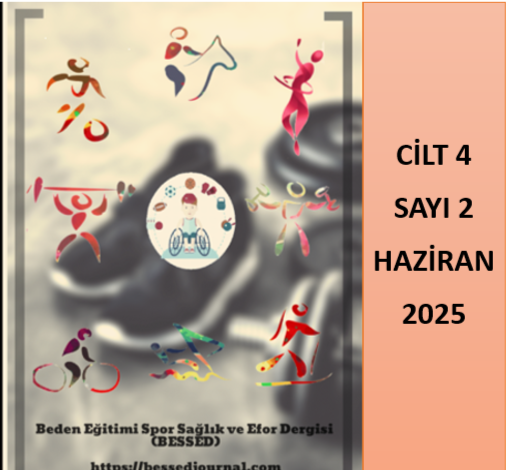Author :
Abstract
Bu çalışmanın amacı, 2021 yılından itibaren ülkemizde görülmeye başlayan Covid-19’un bazı değişkenlerle ilişkisini araştırmaktır. Kesitsel olan bu çalışmaya, Adıyaman ili Gölbaşı ilçesinde Covid 19 testi (PCR ve BT) pozitif olan bireylerin verileri; (cinsiyet, yaş, kan grubu, medeni hal, boy, kilo ve sistolik kan basıncı(SKB) ve diyastolik kan basıncı(DKB)) kullanılmıştır. Temas tipi ile tespit edilen özelliklerin arasındaki ilişkilerin araştırılmasında Sınıflandırma Ağaçları yönteminden yararlanılmıştır. DKB değeri 75’ten büyük olan (>75) bireylerin oldukça büyük bir kısmının (%80’ninin) testinin pozitif çıktığı, DKB değeri ≤75 olan test sonuçlarının değerlendirilmesinde ise söz konusu bireylerin SKB değerlerinin de dikkate alınması gerektiği anlaşılmıştır. DKB değeri ≤75 ve SKB değerleri ise >125 olan bireylerin büyük bir kısmının test sonucunun negatif çıkmasının beklendiği, ancak aynı koşullarda SKB değeri ≤75 olan bireylerin test sonuçlarının değerlendirilmesinde; bireylerin ağırlıkları, yaşları ve kan gruplarının da dikkate alınması gerektiği sonucuna varılmıştır. DKB değeri ≤75 ve SKB değerleri ise >125 olan bireylerden ağırlıkları 75.5 kg den daha fazla olanların %74.4 ünün test sonucunun pozitif çıkması beklenirken, ağırlığı ≤75 olan bireylerden yaşları 31.5 ten büyük olanlardan kan grubu ARh+, BRh+ ve ABRh+ olanların yarıdan fazlasının (%58.8 inin) test sonucunun pozitif çıkması beklenirken diğer kan gruplarından bireylerin %63.4 ünün test sonucun negatif çıkması beklenmektedir. Aynı koşullarda yaşları ≤31.5 olan bireylerden SKB değeri ≤115 olanların büyük bir kısmının test sonucunun pozitif çıkması beklenirken, SKB değeri >115 olanların büyük bir kısmının test sonucunun negatif çıkması beklenmektetir. Sonuç olarak,Covid-19 pandemisinin, SKB ve DKB ile birlikte vücut ağırlığı, yaş ve kan gruplarının dikkate alınması gerektiği söylenebilir.
Keywords
Abstract
The aim of this study is to investigate the relationship between Covid-19, which has started to be seen in our country since 2021, and some variables. In this cross-sectional study, the data of individuals with positive Covid 19 tests (PCR and BT) in Gölbaşı district of Adıyaman province; (gender, age, blood group, marital status, height, weight and systolic blood pressure (SBP) and diastolic blood pressure (DBP)) were used. The Classification Trees method was used in the investigation of the relationships between the contact type and the detected features. It was understood that a large portion (80%) of the individuals with a DBP value greater than 75 (>75) tested positive, and the SBP values of the individuals in question should also be taken into consideration in the evaluation of the test results with a DBP value of ≤75. It was expected that the test results of a large portion of individuals with a DBP value of ≤75 and SBP values of >125 would be negative, however, in the evaluation of the test results of individuals with a SBP value of ≤75 under the same conditions; It was concluded that individuals' weight, age and blood type should also be taken into consideration. While 74.4% of individuals with a DBP value of ≤75 and SBP values of >125 weighing more than 75.5 kg are expected to test positive, more than half (58.8%) of individuals weighing ≤75 and aged over 31.5 with blood types ARh+, BRh+ and ABRh+ are expected to test positive, while 63.4% of individuals with other blood types are expected to test negative. Under the same conditions, while a large portion of individuals aged ≤31.5 with a SBP value of ≤115 are expected to test positive, a large portion of those with a SBP value of >115 are expected to test negative. As a result, it can be said that body weight, age and blood type should be taken into consideration along with SBP and DBP during the Covid-19 pandemic.
